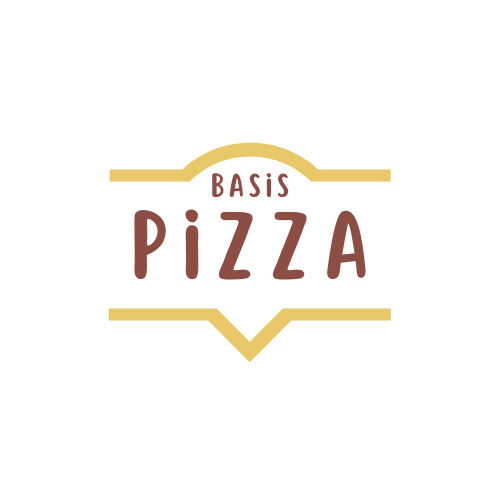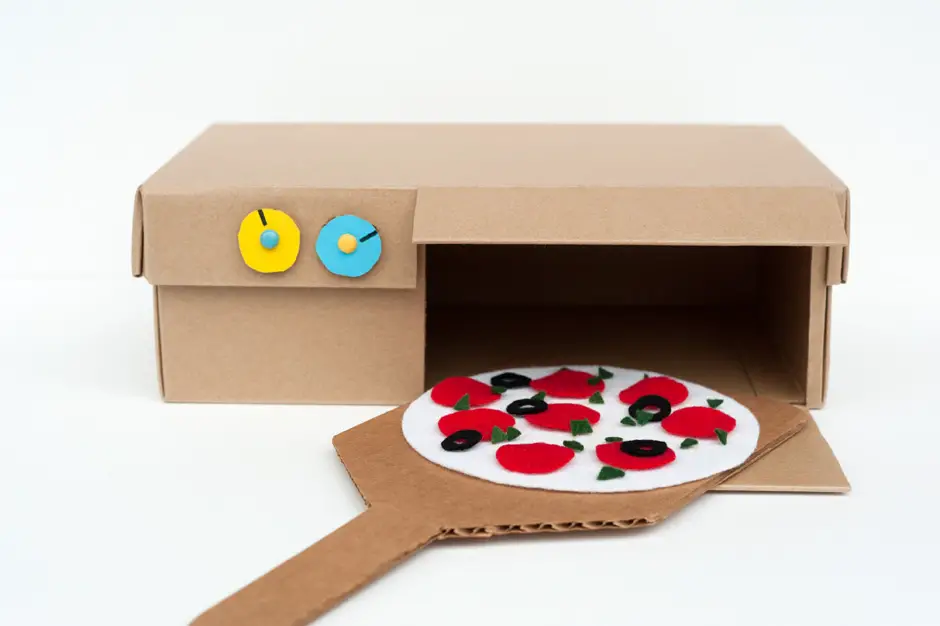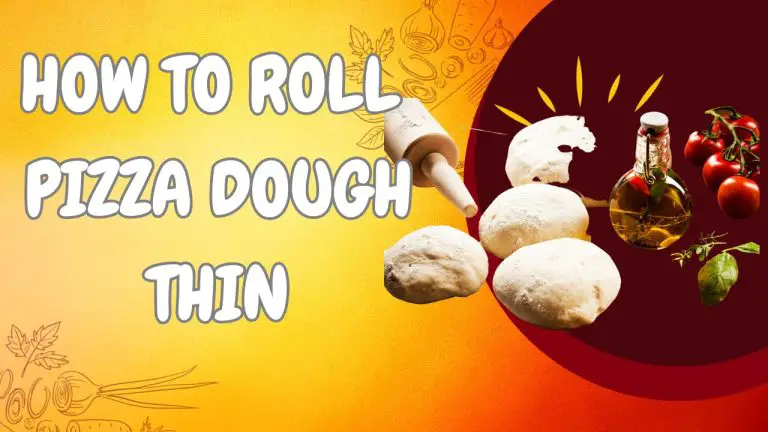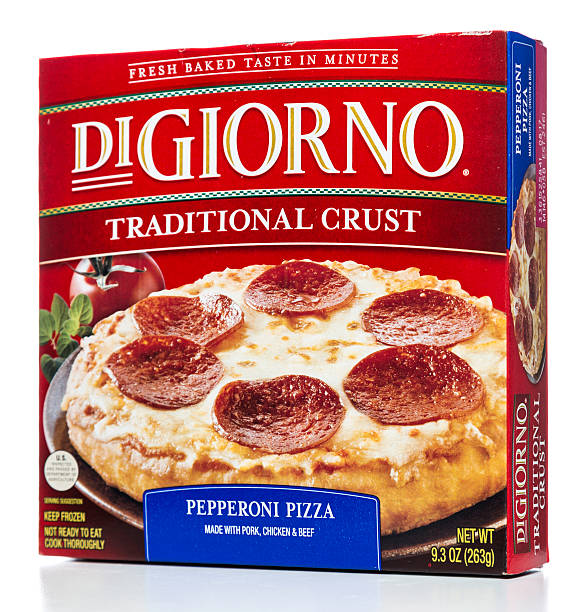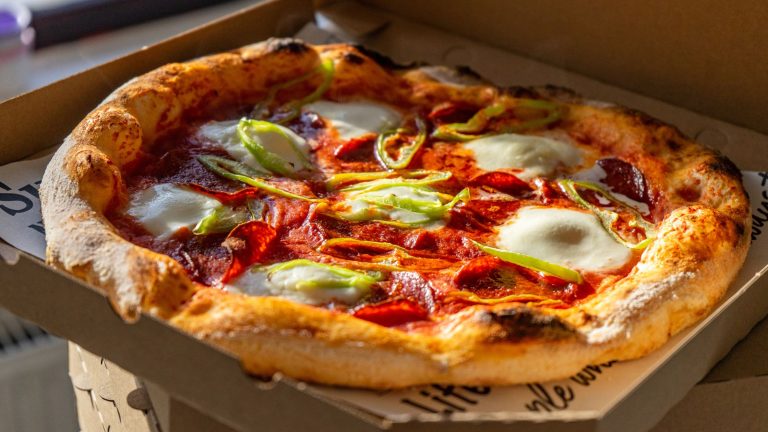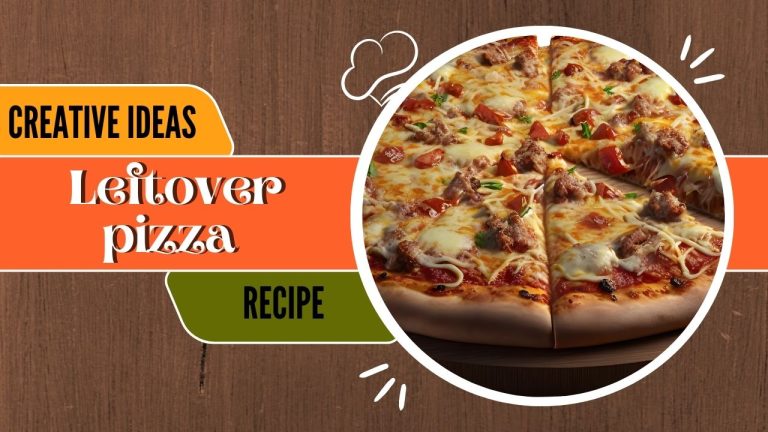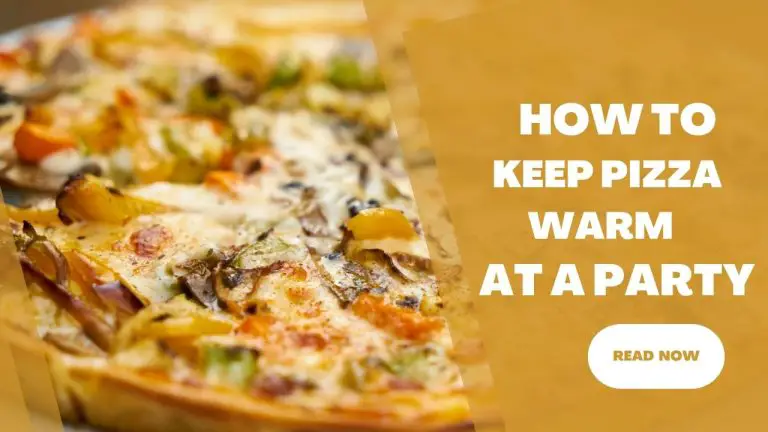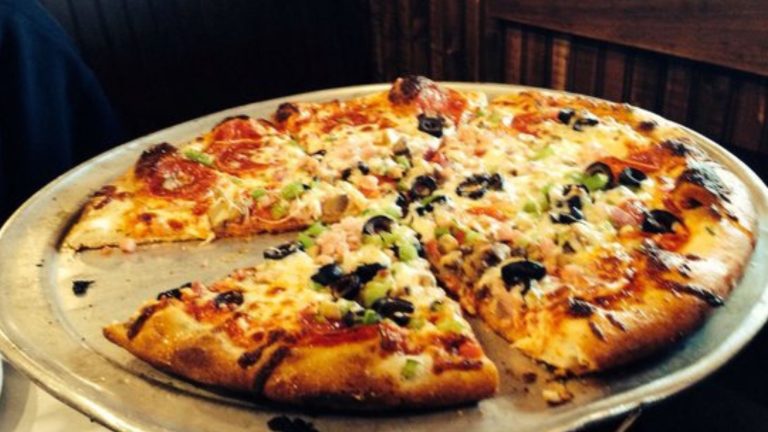Cardboard Cooking: Unlocking the Secrets of Pizza
In the world of cooking, creativity often knows no bounds. From experimenting with new ingredients to finding innovative cooking techniques, it’s always exciting to explore the possibilities in the kitchen. One peculiar question often arises is can you cook pizza in cardboard. This article will delve into this curious topic and examine the feasibility, safety, and potential risks associated with using cardboard as a cooking surface for pizza.
Pizza is a beloved dish enjoyed by many around the globe. It’s a culinary delight that combines a perfect blend of flavors and textures. When cooking pizza, the choice of the cooking surface plays a significant role in achieving the desired outcome. The surface on which you cook your pizza can influence its crust texture, crispiness, and overall taste. Hence, it’s essential to understand the various cooking surfaces available and their suitability for preparing this delectable dish.
Related; discover 5 different ideas on what to do with leftover pizza.
Understanding Cooking Surfaces
Before diving into cooking pizza on cardboard, let’s explore the different cooking surfaces commonly used in culinary practices. Traditional options include baking stones, baking sheets, and pizza pans. These surfaces, often made from materials like stone, ceramic, or metal, provide even heat distribution and help in achieving a crispy crust. However, they may require preheating and careful handling due to their high heat retention.
Cardboard as a Cooking Surface
Now, let’s address the question at hand: Can you cook pizza on cardboard? The short answer is that while it is technically possible to cook pizza on cardboard, it is generally not recommended. Cardboard is primarily made from paper, not designed to withstand high temperatures. When exposed to heat, cardboard can easily catch fire or release harmful chemicals, posing a significant safety hazard. Therefore, exercising caution and considering alternative pizza cooking options is crucial.
Related; How tmuch for Cicis pizza buffet.
Alternative Cooking Surfaces for Pizza
If you’re eager to bake a delicious pizza but don’t have access to traditional baking equipment, fear not! Several alternative cooking surfaces can be used to achieve excellent results. One popular choice is a pizza stone or baking sheet. These materials offer excellent heat distribution and help create a crispy crust. Another option is using a grill or barbecue, which can add a smoky flavor to your pizza. Additionally, specialized pizza ovens are designed explicitly for baking pizzas and can yield professional-grade results.
Step-by-Step Guide: Cooking Pizza on Cardboard
While we strongly advise against cooking pizza on cardboard due to safety concerns, if you still wish to experiment, here is a more detailed step-by-step guide. Please exercise extreme caution and follow these guidelines at your own risk.
Preparing the cardboard
Choose clean, corrugated cardboard without adhesives, stickers, or plastic coatings. Ensure that the cardboard is sturdy enough to hold the pizza’s weight. Removing any foreign materials from the cardboard is crucial to avoid potential health risks. Trim the cardboard to a size slightly larger than your pizza to provide some space for the dough to expand during cooking.
Assembling the pizza
Prepare your pizza dough according to your favorite recipe. Roll out the dough into the desired shape and thickness. Place the dough on top of the prepared cardboard, ensuring it is centered and covers the entire surface evenly. Lightly press the dough onto the cardboard to help it adhere.
The cooking process and temperature recommendations
Preheat your oven to the recommended temperature for pizza baking, usually around 450°F (230°C). Place a baking sheet or pizza stone in the oven during preheating to ensure even heat distribution. When the oven is fully preheated, carefully slide the pizza, still on the cardboard, onto the preheated baking sheet or pizza stone. It’s important to avoid touching the oven’s heating elements with the cardboard, as they can ignite and cause a fire. Close the oven door and commence baking according to your recipe’s instructions.
Monitoring the cooking process
Keep a close eye on the pizza during baking. Since cardboard is not a conventional cooking surface, it may not conduct heat as efficiently as other materials. This can result in uneven cooking or a longer baking time. Check the pizza periodically to ensure the cardboard is not burning or charring. If you notice any signs of burning or excessive browning, it’s essential to act immediately to prevent a fire.
Removing the pizza from the cardboard
Once the pizza is cooked to perfection, remove it from the oven. Use a spatula or pizza peel to gently slide the pizza off the cardboard onto a clean cutting board or serving plate. Be cautious not to touch the hot cardboard or oven surfaces to avoid burns. Remember, the cardboard may have absorbed moisture during baking and could be softer and more fragile than before, so handle it carefully.
Discarding the cardboard
As soon as you have safely transferred the pizza to a serving plate, discard the cardboard immediately. Do not leave the cardboard unattended or place it near any heat sources. Even if the cardboard appears cool, it may retain enough heat to cause a fire if left in contact with flammable materials.
It is crucial to reiterate that cooking pizza on cardboard is not recommended due to the potential safety risks involved. It is always best to use appropriate and approved cooking surfaces such as baking stones, baking sheets, or pizza pans to ensure a safe and enjoyable culinary experience.
tips for cooking the perfect pizza
Certainly! Here are more detailed tips for cooking the perfect pizza:
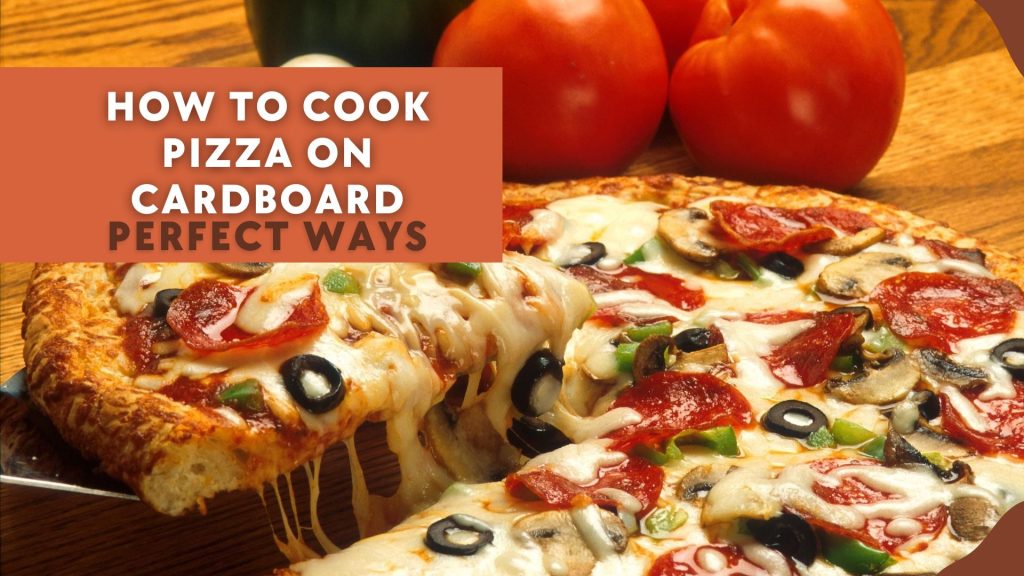
Wrapping Up
While cooking pizza on cardboard may seem intriguing, it is not a safe or recommended method. When exposed to high temperatures, cardboard is susceptible to burning and releasing harmful chemicals. Instead, opt for traditional cooking surfaces like baking stones, baking sheets, or specialized pizza equipment for the best and safest results.
Remember, cooking should always prioritize safety and quality. So, unleash your culinary creativity while considering the importance of using appropriate cooking materials and techniques to enjoy a delicious and safe homemade pizza.
